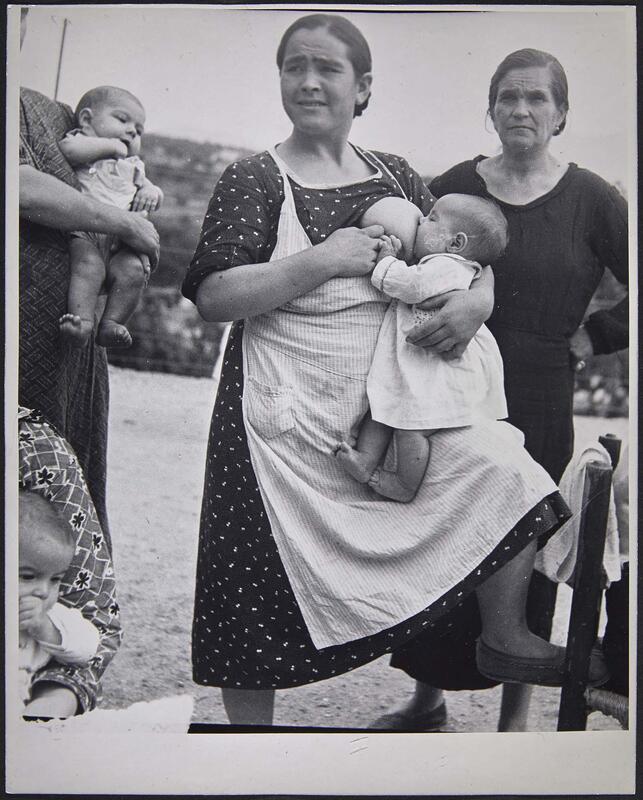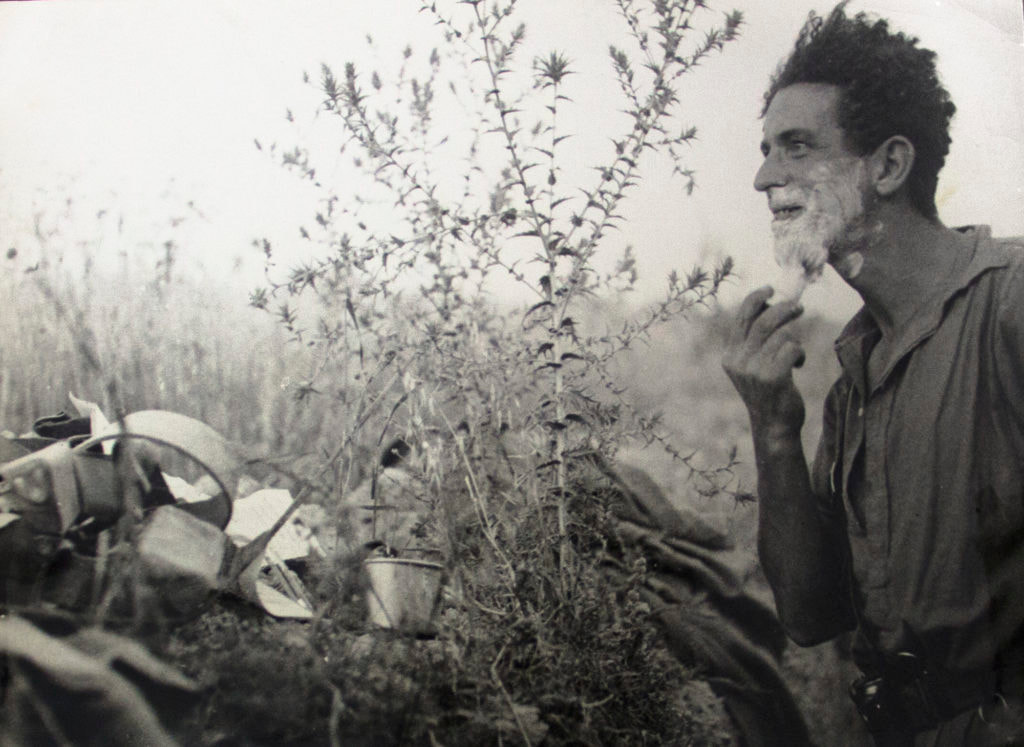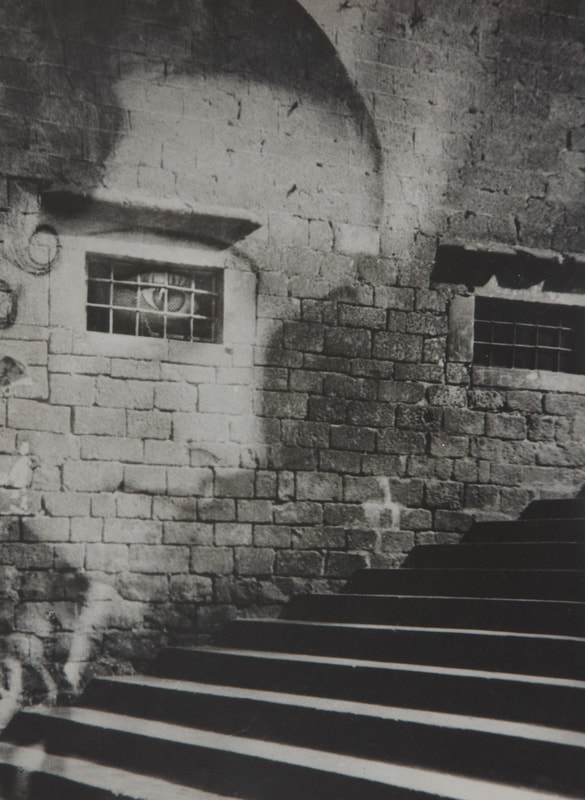The opinions expressed in this essay are the author’s own.
|
Hungarian-born Mexican photographer Kati Horna crafted surreal images of civilian life on assignment during the Spanish Civil War. What can we learn from her documentation of the war’s effects on civilians beyond the violence occurring on the front lines?
In an image captured by Mexican photographer Kati Horna, a woman breastfeeds, standing stoically, flanked by other women and children with similarly silent expressions. The woman’s gaze rests out of frame, perhaps eyeing a figure or simply lost in thought. One of many which Horna took during her 18-month long coverage of the Spanish Civil War for pro-Republican and anarchist publications like Umbral, she refuses a portrayal of citizens as unseen and helpless victims, but rather, as subjects in their own right. In this manner, Horna embraced the medium of photography as a tool for social transformation, realizing the power of the image to both honor the presence of women during the war and humanize the efforts of citizens who fought against the Nationalists. A woman who experienced exile many times over, fleeing first her native Hungary at a young age, Horna was well accustomed to how war and political unrest inserted itself into domestic life. Thus, her photographs bear a lesser resemblance to those of her personal friend and colleague Robert Capa and others more interested in documenting the battle on the front lines. Instead, Horna offers an intimate view as to how life carries on in such precarious conditions. |
In an image of a storefront in Valencia, personal photographs of children, happy couples, and other evidence of the town’s inhabitants rest alongside a widely disseminated propaganda poster for the Republican army. In another, a soldier is caught shaving his face during a quiet moment on the front—reminding us of the fact that men in combat too are humans and must attend to their bodies and appearances accordingly. In times where bombardment of the citizen population in Spain occurred at levels unseen before in Europe, these photographs document how the seemingly polarized realms of war and domesticity converged for those who experienced the all-pervading violence of the Spanish Civil War.
Women and children found themselves in a unique position. While barred from actively participating in the war, they incurred its brute force in everyday life. They often lived in protective spaces such as bomb shelters and refugee camps, attempting to create a sense of normalcy amongst the absurdities and disruptions of war and the conditions of their beleaguered status. In one of Kati Horna’s most notable images created during this time, she employs a surrealist-inspired photomontage technique to create an image of a woman seemingly trapped within her surroundings. One wonders: does this woman hope for freedom?
|
|
Delve deeper |





